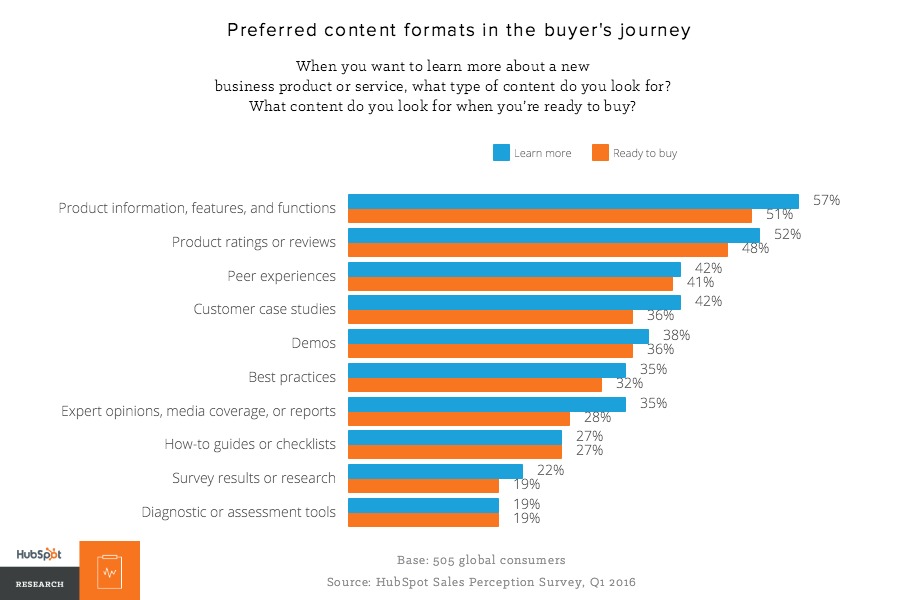
Written By:
Sean Henri
Many salespeople believe that a product or service demo should be highly personalized, taking place only after a long discovery process. However, new research suggests that prospects actually prefer a demo in the earlier stages of their journey.
-
Savvy organizations can offer a pre-recorded demo on their website
-
Forms can be directly embedded in the videos, generating leads
-
A highly personalized demo should follow
We’ve all experienced it. A legacy salesperson starts a demo with a slide full of logos and accolades followed by a list of their products many features and benefits. There’s nothing personalized to the challenges you mentioned on the form you submitted, and they don’t even have your company name spelled correctly. They’re running on repeat, and there’s no way you’re going to buy from them.
Smarter sales teams have learned a better way and have begun holding off on giving demos until they’ve learned more about the prospect’s challenges and they’re absolutely certain the buyer is qualified and ready to buy. Instead of diving into a boilerplate sales pitch on the first meeting, modern sales reps first go through a detailed discovery process, saving the demo for the close.
While this new approach seems wise, new research from HubSpot suggests that by waiting to demonstrate the product or service, you might actually be frustrating buyers. In a recent survey, prospective buyers listed demos as the 5th most important item they looked for when trying to learn more about a new product or service (above best practice tips, research reports, guides, etc). This suggests buyers want to see demos both in the earliest stages of their journey, as well as the end.

So how can savvy sales organizations cope with these misaligned expectations? One easy solution is to offer a gated, pre-recorded demo on your website that offers a quick highlight of your product or service’s best features, capabilities, and benefits. If you offer a service and do not have a product to demonstrate, you can create a video that speaks about your process and the problems you solve or case studies of happy customers. Tools like Wistia allow you to embed a form directly in the video, increasing conversion rates and filling your pipeline with more leads.
Organizations like Salesforce and HubSpot have long understood this, and offer video demos behind short forms on their website and on YouTube.
Just because you’re offering a video demo on your website doesn’t mean you won’t get an opportunity to show off the product directly. If you follow the inbound sales methodology, you might already know that you should never just give a buyer the standard old pitch or demo you gave your last potential buyer and that every demo should be heavily personalized to the buyer’s interests and needs. By offering a canned demo much earlier in the sales process, the prospect becomes more informed, allowing you to skip all the bells and whistles and focus on the parts of the demo that will close the deal.
Organizations that adopt these changes to their sales process should see many benefits, including more inbound leads, higher close rates, and the loyalty that comes from helping your buyers solve their problems throughout every step of their purchase decision.





